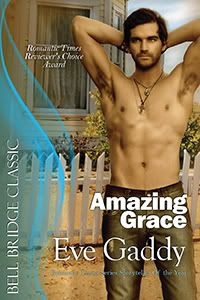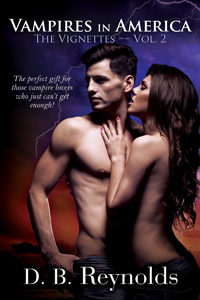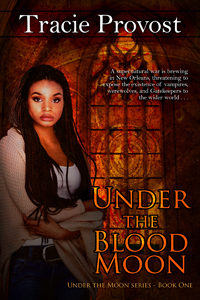By Eve Gaddy
I was thinking about what to blog about and nothing was coming to me. That made me think of something I’ve faced many times in my writing career. I know some writers who don’t believe there is any such thing as writer’s block. All I can say is be happy you haven’t experienced it because I’m here to tell you, writer’s block is real. And it’s not fun.
There are many reasons for writer’s block and I’ve experienced a number of them. Burnout, death of family or friends, health issues, moving, divorce, family issues, all of the above. I’m sure there are many more. Most of the time I wanted to write but just couldn’t for various reasons. My last bout with it I was convinced I’d retired. In fact, I didn’t write at all (other than emailJ) for a long time. I didn’t think I’d ever write again. When I finally did start again, it was a book that was a departure for me from what I’d been writing for so long. Maybe I just needed to write something completely different. A book for me, one that I didn’t worry about selling but just wrote it the way it needed to be written. A book of the heart.
Many times I think the problem underlying writer’s block is burnout. Some of us tend to be a bit obsessive (what, me obsessive?). We might concentrate so much on writing we don’t do much else. And eventually we burn out. I felt as if my creativity had absolutely dried up. So I decided I’d go back to the creative things I used to do before I started writing.
I took up needlework again. I used to do a lot of needlepoint but quit soon after I first published. I stopped with just a small amount left of a very complex project, a landscape of the Seine River. I’d always wanted to finish it because it was gorgeous. So I picked it up again and finished. Since then I have needlepointed numerous Christmas stockings, some of them working from a counted cross stitch pattern translated to needlepoint. I’ve also made some Christmas ornaments and various other things in the past few years.
I still couldn’t write. So I took up another craft I’d given up. In fact, I hadn’t done it since high school. My daughter found out she was having twin girls.  What better time to pick up knitting again? I knitted all sorts of things, including a number of baby blankets. Since then I’ve knitted many different things, ranging from afghans to socks. Now I alternate working on needlepoint or knitting and usually have several different projects going. I could never do that with writing. I have to totally immerse myself in a book until I finish it. I don’t have to do that with needlework and it’s fun.
What better time to pick up knitting again? I knitted all sorts of things, including a number of baby blankets. Since then I’ve knitted many different things, ranging from afghans to socks. Now I alternate working on needlepoint or knitting and usually have several different projects going. I could never do that with writing. I have to totally immerse myself in a book until I finish it. I don’t have to do that with needlework and it’s fun.
For me, needlework lets me be creative, but in a different way from writing. I have to think, but again, in a different way than writing. But somehow that sort of creativity allows my writer’s brain to start working again. Sometimes the solutions to problems I’m having with my current manuscript come to me when I’m doing needlework.
There are a lot of ways to jump start your creativity. These are just some things that helped me, and that I enjoy a lot. Have you ever had writer’s block? If you have, what did you do to help you get started again? What are your tricks for dealing with it?


































